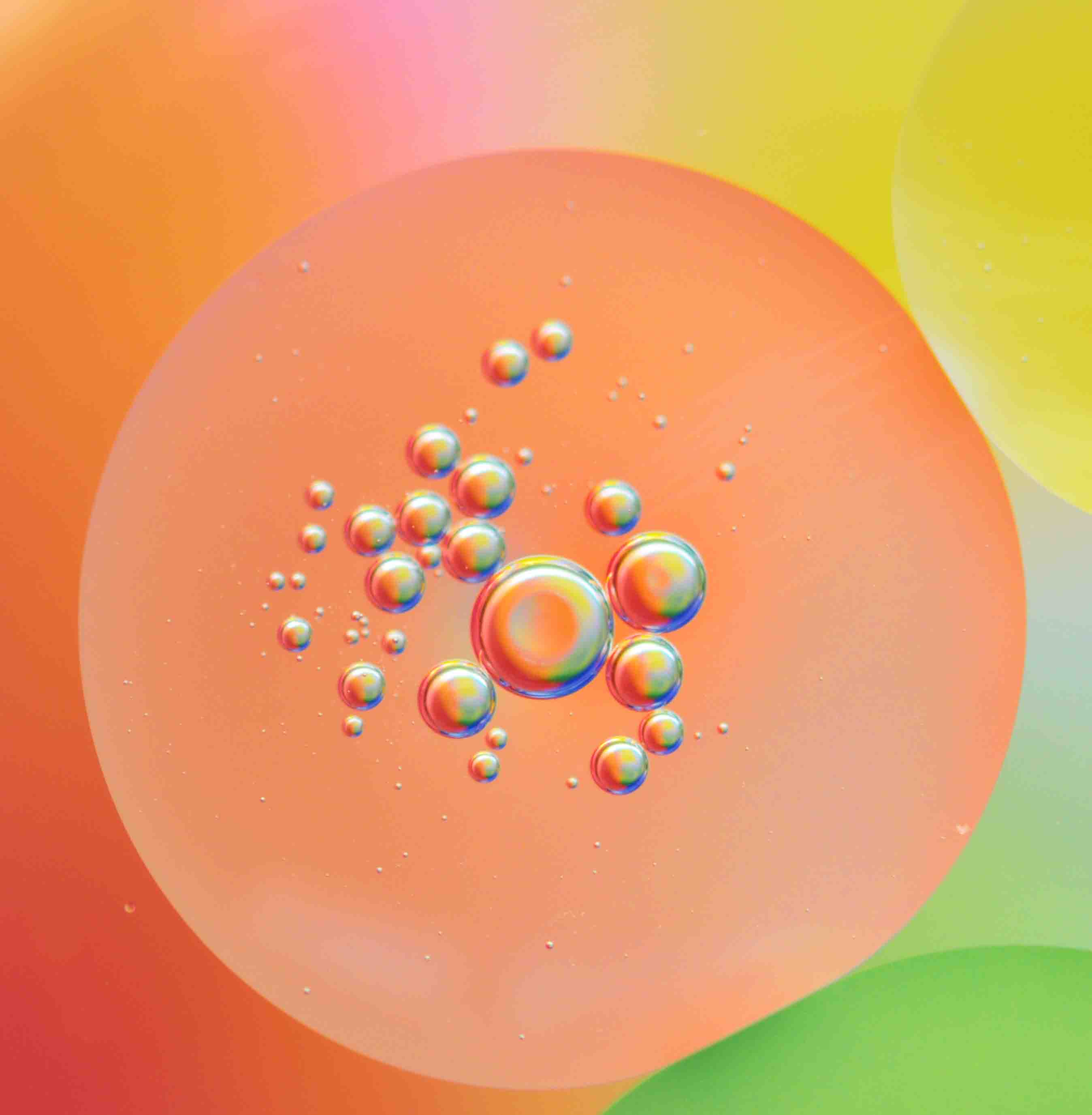

by The Cosmetic Chemist Staff
June 15, 2016

Oil-in-water emulsions are the basis of many cosmetic products. They consist of lipid droplets dispersed in an aqueous medium. The emulsions greatly contribute to the viscosity, texture, stability, and appearance of the final product. The lipid droplets can even serve as a delivery system for hydrophobic ingredients, such as antioxidants and other agents that promote activity in the skin.
Unfortunately, oil-in-water emulsions are thermodynamically unstable and emulsifiers must be added during the formulation stage. Traditionally, synthetic emulsifiers have been used to carry out this task. However, a recent article in Advances in Colloid and Interface Science introduces some of the most common natural emulsifiers, highlighting their physicochemical properties.1 Although written in the context of food chemistry, many of the natural ingredients discussed in the article should be of interest for product development chemists working in the personal care arena.
Some of the natural emulsifiers summarized include polysaccharides, amphiphilic proteins, biosurfactants (e.g., saponins), phospholipids, and nanoparticles (e.g, cellulose, chitosan, and starch). As an example, polysaccharides produce relatively small droplets that are not greatly affected by environmental changes. On the other hand, emulsions formed by protein emulsifiers are very sensitive to their environmental conditions, such as pH, ionic strength, and temperature. Saponins (a form of biosurfactant) yield small droplets that are stable in a variety of conditions. Nanoparticles derived from natural sources generally form larger emulsion particles.
It should be pointed out that the use of natural emulsifiers in cosmetics does not come without caveat. Often, it is difficult to find an economically viable source of the natural product. There is also the issue of suitable isolation techniques, which can often rely on destructive methods or the use of large quantities of solvent during the plant extraction process. It should also be noted that many natural products are highly variable in both their molecular and functional properties.
References
1. D.J. McClements and C.E. Gumus, Natural emulsifiers—Biosurfactants, phospholipids, biopolymers, and colloidal particles: Molecular and physicochemical basis of functional performance, Adv. Colloid Interface Sci. (2016), http://dx.doi.org/10.1016/j.cis.2016.03.002.